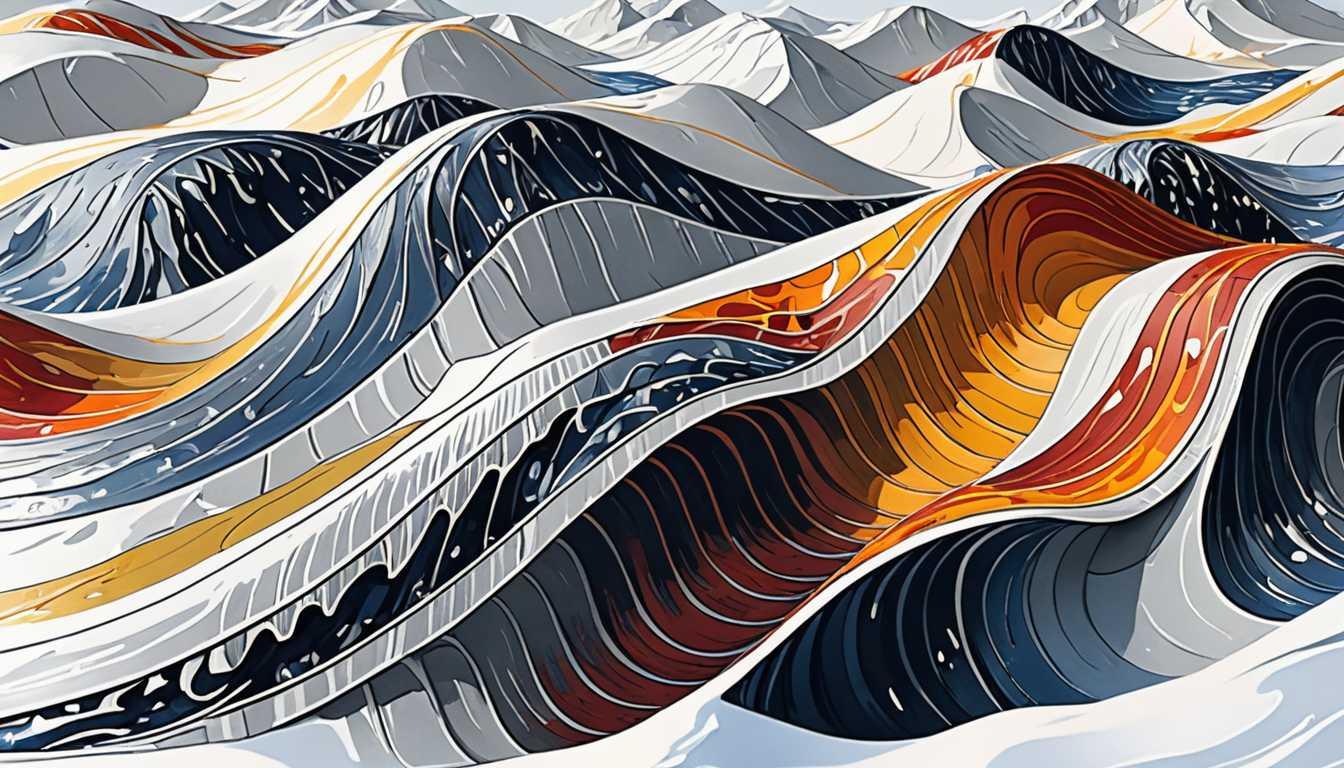Io’s Volcanic Secrets: New Telescope Images!
June 2024
UC Berkeley
Introduction
Hey there, space explorers! 🚀 Did you know that Jupiter's moon Io is basically a hotbed of volcanoes? Since 1979, scientists have been itching to get a clearer look, and now, thanks to a super-sharp camera on an Arizona telescope, they can! These new images are so detailed they can spot volcanoes practically bumping elbows! Curious to see what the volcanic party on Io looks like? Check out the article from UC Berkeley for the full scoop!
READ FULL ARTICLEWhy It Matters
Discover how this topic shapes your world and future
Unlocking the Volcanoes of Io
Understanding Io, one of Jupiter's fascinating moons, is like peeling back the layers of a cosmic mystery. Since its discovery, scientists have been captivated by its intense volcanic activity – the most extreme in our solar system! This ongoing research not only sheds light on the geological processes that shaped Io but also provides insights into Earth's volcanic history and the potential for similar processes on exoplanets. Imagine being able to connect the dots between volcanic eruptions on a distant moon and the changes happening right here on Earth. With new, high-resolution images from the Large Binocular Telescope, we can explore how gravitational forces from Jupiter and its other moons influence Io's volcanic activity. So, why does this matter to you? It shows how interconnected our universe is, and how studying one celestial body can help us understand our own planet better!
Speak like a Scholar
Volcanology
The study of volcanoes, lava, magma, and related geological phenomena. It helps scientists understand how and why eruptions happen.
Tidal Forces
The gravitational pull caused by large celestial bodies (like Jupiter), which can create heat and pressure inside moons, leading to volcanic activity.
Geological Processes
The natural mechanisms that shape the Earth and other celestial bodies, such as erosion, tectonics, and volcanic activity.
Resolution
In imaging, this refers to the detail and clarity of an image. Higher resolution means you can see smaller features more clearly.
Adaptive Optics
Technology used in telescopes that adjusts for atmospheric distortion, allowing us to see clearer images of celestial bodies.
Plumes
Columns of gas and other materials emitted by volcanoes. On Io, these plumes can reach high into the atmosphere and create fascinating surface features.
Independent Research Ideas
Comparative Volcanology
Investigate the differences in volcanic activity between Earth and Io. What factors contribute to these differences?
The Impact of Tidal Forces
Explore how the gravitational interactions between moons and their planets affect geological activity. How does this influence the surfaces of these bodies?
Future of Space Imaging Technology
Research advancements in imaging technology for telescopes. How can these innovations help us discover more about distant celestial bodies?
Exoplanetary Geology
Examine what we can learn about volcanic activity on exoplanets based on our studies of Io. Could there be life on these distant worlds?
The Role of Sulfur in Volcanism
Investigate the chemical processes involved in the eruptions on Io. How does the presence of sulfur shape volcanic features and eruptions?
Related Articles

Exploring Japan's Tsunami: A Deep Dive
January 2025
Cornell News Highlights

Io's Eternal Volcanic Waltz
April 2024
California Institute of Technology

Enceladus: Unveiling Cosmic Secrets
April 2024
California Institute of Technology

Earth's Inner Core: A Slower Spin Revealed!
June 2024
Cornell News Highlights

Beneath the Ice: Antarctica's Hidden Discoveries
December 2024
JSTOR Daily